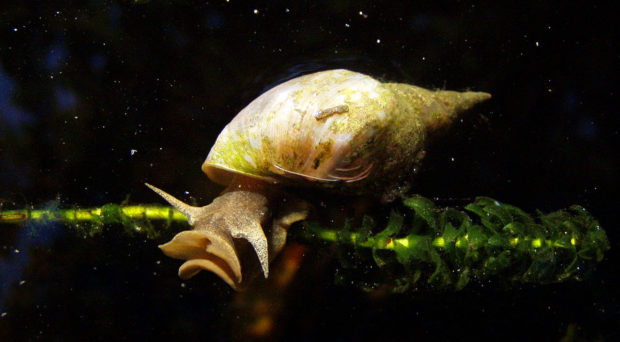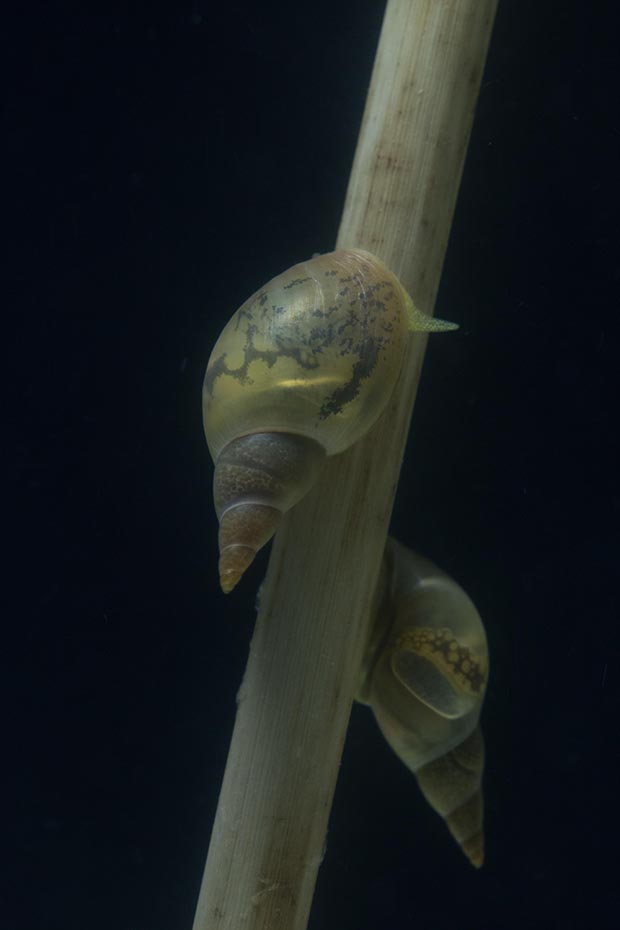
Populations of numerous species are currently threatened by global climate change. Many species have already shown range shifts as a response to changing climatic conditions. This can increase their probability to survive in the future. However, many species are not able to disperse as effectively as required, and even those that can will experience new and often suboptimal environmental conditions outside their current range.
Owing to the limitations of “quick fixes” in front of climate change, the persistence of natural populations of many organisms will depend on their ability to evolutionarily adapt to changing climatic conditions to overcome their negative effects.
Unfortunately evolutionary adaptation is never guaranteed. A prerequisite for evolutionary change is within-population heritable variation across individuals in the traits determining fitness (i.e. survival and reproductive success). In case of climate change, this would mean that the harmful effects of altered climatic conditions (e.g. heat waves, droughts) on natural populations would become smaller in the future only if (1) individuals showed variation in their sensitivity to climate change-mediated stress, (2) this helped them to produce more offspring compared with other individuals in the population, and (3) also their offspring showed higher tolerance to altered climatic conditions.

We examined the adaptive potential in responses to heat waves in a population of the great pond snail (Lymnaea stagnalis). These snails are common in freshwater habitats across the northern hemisphere. They are important grazers in their habitats, and serve as intermediate hosts for a community of parasites some of which cause wide losses, for instance, in aquaculture. Thus, their responses and potential for adaptation to climate change can have wide consequences for ecosystem functioning and disease epidemiology in freshwater systems.
By exposing snails to experimental heat waves in a laboratory we found that at high temperatures, snails grew larger and reproduced more while their immune defence (two out of three examined immune traits) was reduced. Thus, snails gained immediate benefits in form of high growth rate and reproductive output during a heat wave, but this came with a cost of reduced parasite resistance. Could the snails evolve to experience smaller costs during future heat waves?
Examining snails from different families within the population revealed that although the investigated traits showed high genetic variation, their responses to high temperature were largely similar. Only one of the studied immune traits showed variation across families in its reduction under a heat wave. Therefore, individuals whose immune function suffered the least from high temperature could pass this ability to future generations.
Our findings suggest that snails show some genetic potential for adaptation to climate change. This may reduce the negative effects of heat waves on snail resistance against parasites in the future, thus reducing the disease risk induced by extreme weather conditions. These effects were, however, limited since most of the examined traits did not show such variation.
Comments